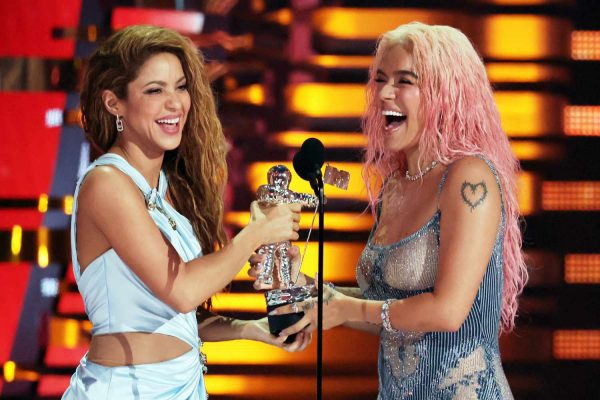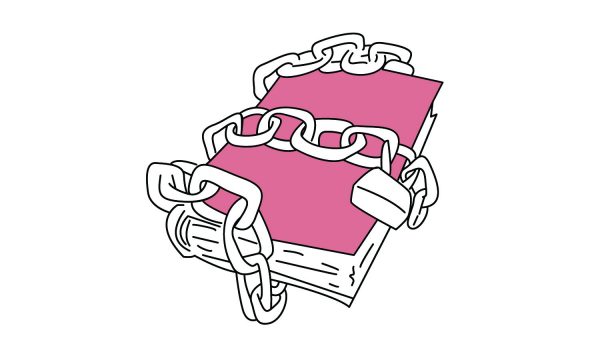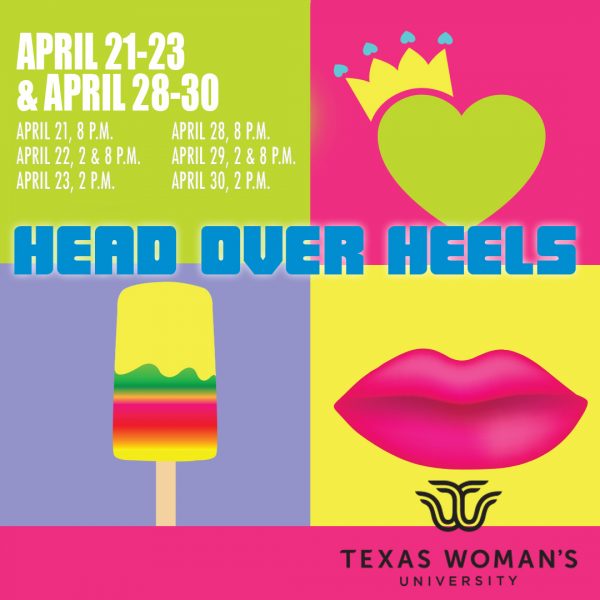First-year students learn quickly that majors begin to define their lifestyle and the people that surround them. Circulating through different major circles is easier in core classes, but major genres are enough to fit people into small subcategories of “artistic,” “intellectual,” or “creative.” The differentiation between creativity and intellect does not start at the university level, though.
Many students enrolled in Advanced Placement or Dual-Credit classes in high school qualified for the Gifted and Talented program. According to the Texas Education Agency, “A gifted/talented student is a child or youth that performs at or shows the potential of performing at a remarkably high level of accomplishment when compared to others of the same age, experience, or environment and who: exhibits high performance capability in an intellectual, creative, or artistic area; possesses an unusual capacity for leadership; or excels in a specific academic field.”
Gifted and Talented programs in Texas recognize the variety in superior performance, yet many of these students still find their skill misunderstood. Misconceptions that students in the honors program are solely “intelligent” or that artistic students are solely “creative” is inflamed once career paths become more defined. Statistics from the Office of Civil Rights State and National Estimations show that the U.S. has the most students enrolled in Gifted and Talented programs by over two million, and by the admittance of the National Association for Gifted Children, “more needs to be done to ensure quality and equity in access to services.”
These students are the next artists, creators, innovators and leaders whose research may shape the world we know, but it is time to do their world justice and reciprocate research for a more defined and comprehensive approach for their education.






Be First to Comment